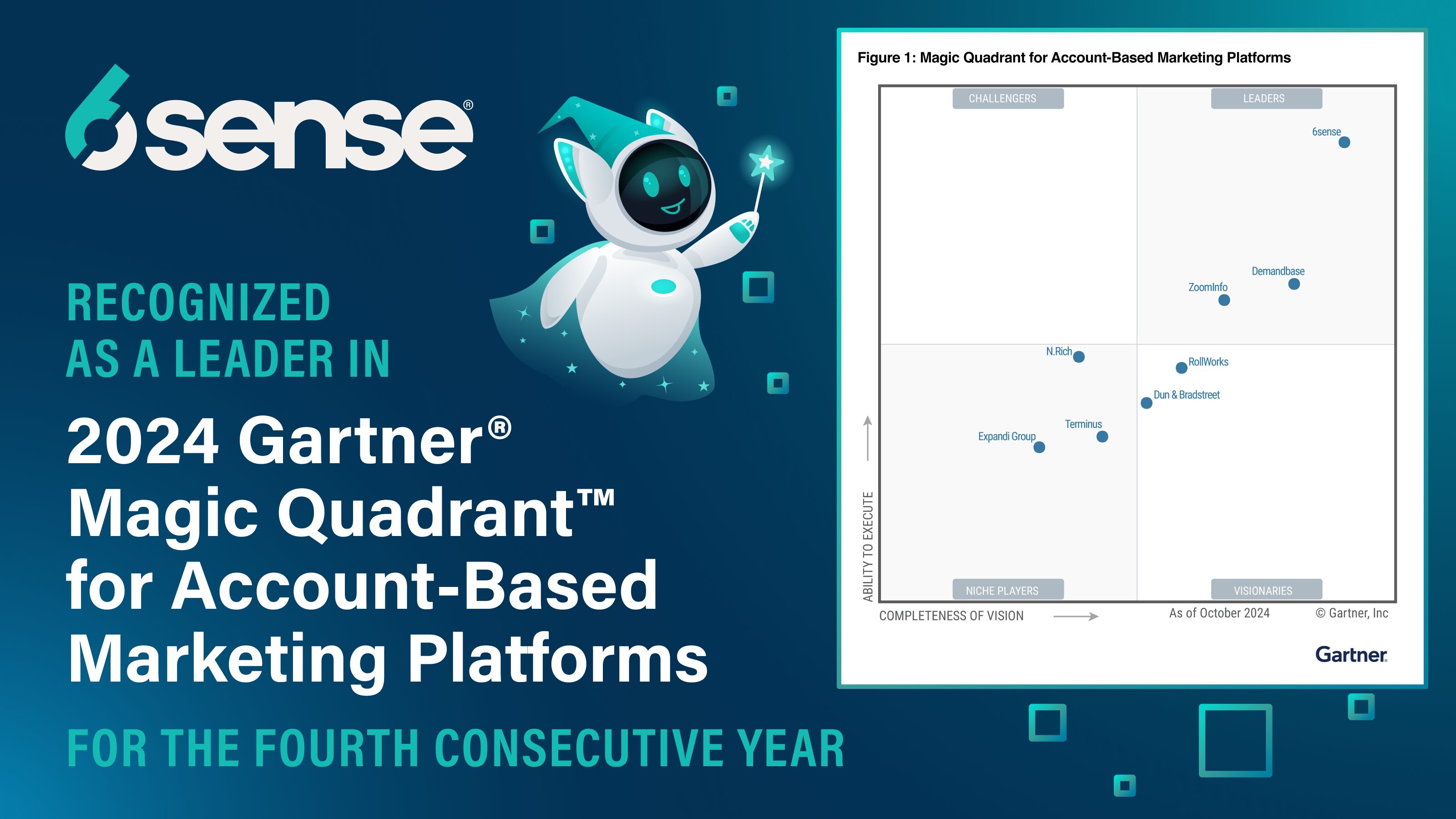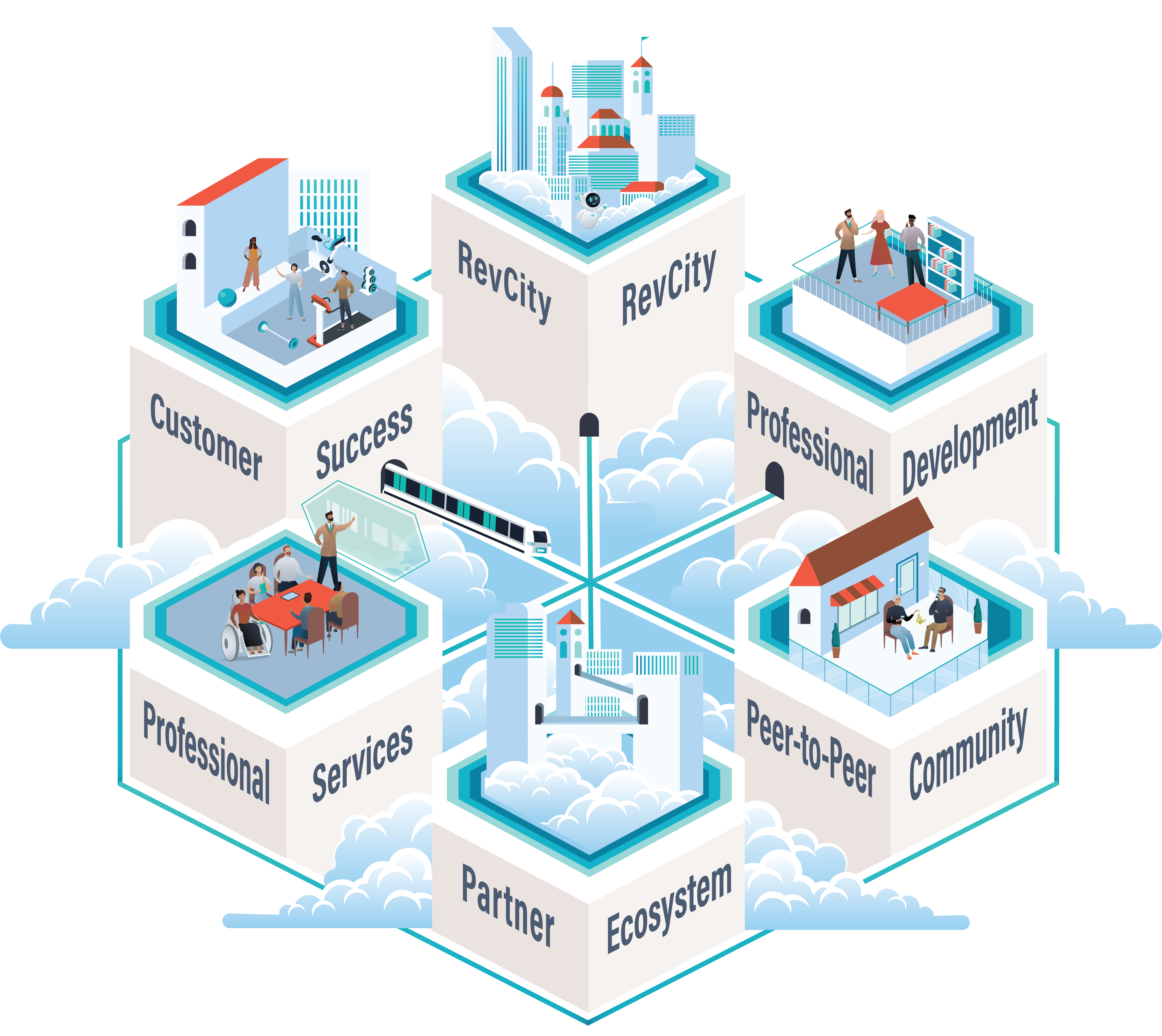A marketing workflow is a structured process that guides projects from initial ideas to final analysis by outlining tasks, timelines, and responsibilities. It’s essential for managing multiple campaigns, meeting deadlines, and ensuring consistent messaging.
Without a marketing workflow, your team risks disorganization, missed steps, and wasted resources.
Documenting and improving your workflows is critical for running successful account-based marketing campaigns. It’s even more important as marketers look to get the most out of AI.
AI Agents are rapidly evolving to handle many marketing functions so that human team members can stay focused on strategy and creative work. But for AI Agents to function, they need to be able to follow processes that match what you want them to do. Without a strong marketing workflow, AI will only amplify dysfunctional processes and fall far short of its promise.
Consider this article an invitation to re-examine your workflows as you move toward greater use of AI. Improved processes will help you get the most efficiency out of these tools.
What are the Benefits of a Marketing Workflow?
Increased Efficiency
How often does a project stall due to unclear responsibilities or repeated back-and-forth in your organization? A well-structured marketing workflow reduces delays by creating transparent processes and responsibilities.
Here’s how:
- Reduce confusion. With clear tasks and responsibilities, everyone knows what they should be doing and when. No more overlapping efforts or missed deadlines.
- Limit unnecessary back-and-forth. Workflows minimize endless email threads and ad hoc meetings by outlining the approval process.
- Keep teams on track. Workflows ensure every task is accounted for and completed on time, making looming deadlines much more manageable.
Better Campaign Results
To get the best ROI from marketing campaigns, you need clear objectives, structured processes, and efficient execution. Organized marketing workflows allow marketing initiatives to run smoothly and deliver better results.
Here’s how:
- Consistency. Workflows help maintain consistency in messaging and branding across all channels.
- Improved collaboration. With everyone on the same page, teams can work together more effectively, leading to more creative and impactful campaigns.
- Faster turnaround. By streamlining processes, workflows enable teams to launch campaigns faster and respond to market changes more quickly.
Higher ROI
Efficient marketing workflows don’t just save time; they save money. With a streamlined workflow, your ROI will improve, as every action is purposeful and aligned with your goals.
Here’s how:
- Reduced wasted effort. By eliminating duplicated tasks and minimizing errors, workflows ensure that resources are used effectively.
- Increased productivity. With transparent processes, teams can accomplish more in less time, leading to a higher output.
- Better resource allocation. Workflows help identify where resources are most needed, allowing you to allocate them more effectively and maximize your marketing spend.
Elements of an Effective Marketing Workflow
How do you craft an effective marketing workflow? What goes into it? Let’s look at the key elements.
Task Management
A marketing workflow aims to ensure that each task has a clear owner and timeline. This simplifies your processes, ensuring everyone knows what to focus on and when.
Efficient task management provides:
- Clarity. Clearly defined tasks help eliminate confusion about who is responsible for what. This allows team members to focus on their specific roles without overlap or uncertainty.
- Accountability. Assigning responsibilities ensures that everyone is accountable for their part of the project. When each person has a clear role, it’s easier to track progress and address any issues.
- Timeliness. With clear deadlines, tasks are completed on time, keeping the project moving smoothly. This prevents delays and allows the team to meet milestones consistently.
Clear Communication Channels
No one can achieve seamless collaboration if team members aren’t consistently updated and informed. Establishing clear communication channels is essential to ensure everyone stays on the same page.
Consider these tips:
- Choose the right tools. Use reliable communication platforms that suit your team’s needs, such as Slack for quick updates or project management tools for in-depth discussions.
- Set regular check-ins. Schedule regular meetings or check-ins to update everyone on progress and promptly address any obstacles.
- Encourage transparency. Cultivate a culture where team members feel comfortable sharing updates, challenges, or feedback openly.
Automation
If your workflow doesn’t incorporate automation, you risk wasting time on repetitive tasks that could be used for more strategic efforts. You can significantly improve efficiency by using the right tools to automate certain processes.
This is one of the areas where 6sense can provide a massive lift.
Here are some examples:
- Email marketing. Instead of manually sending emails, automation can trigger personalized email campaigns based on user actions, ensuring timely follow-ups without extra effort. MAPs have been doing this on a basic level for many years. 6sense’s AI Agents can take it to the next level by increasing personalization based on deeper data insights, holding conversations with engaged prospects to aid their research and guide them toward booking a meeting.
- Lead scoring. Automating lead scoring allows you to quickly identify and prioritize high-value prospects based on their interactions so your team can focus on the most promising opportunities. A lot of automated lead scoring is based on assumptions about the value of different activities. 6sense AI can tap into historical deal data and customer behaviors to spot patterns that indicate when a prospect looks like your ideal buyer.
- Social media scheduling. Automation tools can schedule your social media posts ahead of time, freeing you from the need to post content manually while maintaining a consistent online presence.
Performance Tracking & Feedback
Measuring the effectiveness of your workflows helps you optimize future campaigns and pivot on strategies for better results.
Here’s what you need to do:
- Set KPIs. Establish key performance indicators (KPIs) to measure success at every stage, whether it’s engagement rates, conversion numbers, or campaign reach.
- Analyze data regularly. Identify trends, bottlenecks, and areas that need improvement.
- Implement feedback. Use insights from your analysis to refine your strategies, adjust workflows, and improve performance for future campaigns.
Challenges of Marketing Workflows
Let’s explore some common pitfalls of inefficient workflows and how to overcome them:
Poor Communication
Don’t expect your marketing campaigns to run smoothly or produce the desired results without clear, consistent communication. There must be a constant flow of information between team members to ensure everyone is aligned and informed at every stage of the process.
For example, tasks may be duplicated or overlooked, causing delays and confusion. This can lead to misaligned campaigns. Perhaps one team is working on a message that contradicts another, or your campaigns don’t resonate with the intended audience.
At 6sense, we use Asana as a project management tool to help coordinate efforts and stay accountable to deadlines. We also have regular check-ins both within teams and with cross-functional teams that have similar and sometimes overlapping responsibilities.
Overcomplicating Tasks
Workflows can get too granular. When dealing with AI, providing clear logic for each step is incredibly valuable, but with people it can just become noise that hampers progress.
We’re big believers in KISS: Keep it super simple.
Streamline your workflow to focus on what’s essential and remove any steps that don’t directly contribute to the end goal.
Often, teams add unnecessary approval layers, use overly detailed reporting formats, or hold excessive meetings that delay decision-making. These extra steps can bog down progress and make the workflow feel more cumbersome than it needs to be.
If you want to boost efficiency and keep your team on track, don’t add complexity for the sake of thoroughness. Simplify processes wherever possible to maintain momentum and focus on results.
How 6sense Can Help You Overcome These Challenges
6sense’s AI-powered marketing platform makes it easy to integrate various tasks, automate processes, and enhance communication within marketing teams.
Here’s how it can help you craft effective workflows:
Streamlined task management. 6sense allows you to automate repetitive tasks like lead scoring and nurturing, reducing manual effort and helping your team stay focused on high-priority activities.
Sales and marketing alignment. With centralized data and insights, 6sense ensures all team members have access to the same data and insights, minimizing miscommunication and improving collaboration across departments.
Performance tracking and optimization. The platform’s advanced analytics enable you to track KPIs and measure the effectiveness of each stage of the buyer journey — even before accounts opt in by filling out a form — giving you the insights needed to understand how effectively you’re influencing target accounts.
Reduced complexity. 6sense’s tools simplify the process of keeping your audience segments updated, and launching omnichannel campaigns.
How to Craft a Winning Marketing Workflow
Let’s break it down into a step-by-step process that you can follow to ensure your campaigns are effective.
Step 1: Planning
Start by defining your goals. Clearly outline what you want to achieve with your marketing campaign. Are you aiming for brand awareness, target account influence, or booked meetings? Setting clear, measurable goals helps direct your efforts and allows you to track progress effectively.
Next, identify your target audiences. Knowing who you’re targeting helps you tailor your messaging and channels. Revisit and refine your buyer personas and ideal customer profiles to better understand your audience.
6sense can also help you identify which of your ideal customers are in-market (ready to buy) by providing data-driven insights into their behaviors and preferences.
Then, set your KPIs. This could include metrics like click-through rates, conversion rates, or engagement levels. These indicators will help you measure success and adjust your workflow as needed.
Warning about KPIs: One error we often see is that many companies running ABM campaigns still measure their effectiveness using old-school lead gen metrics. Take a look at how metrics should evolve to measure the impact of ABM.
Step 2: Content Creation
Content is the backbone of any marketing campaign. It’s how you engage your audience, communicate your brand’s message, and drive action. Your workflow should ensure that content creation is organized, collaborative, and efficient.
Start by developing a content calendar that outlines key topics, deadlines, and deliverables. This will keep your team aligned and ensure that content is produced consistently.
Also, collaborate across departments — whether marketing, sales, or product teams — so that the content aligns with the brand’s voice, goals, and audience needs.
Remember to incorporate feedback loops to refine content before publishing, ensuring it’s optimized for impact. At 6sense, this usually involves an Asana task for each piece we plan to publish, coupled with subtasks that outline responsibilities for writing, editing, revising, approval, and publishing.
Step 3: Execution
Once your content is ready, it’s time to launch your campaign!
Prioritize tasks based on their importance and timeline. This ensures that key campaign components, such as the content distribution schedule or ad placements, are completed on time.
It’s also essential to monitor the campaign’s results in real-time to catch any issues early, adjusting your strategy to stay on track and achieve your goals.
Step 4: Analysis
Whether your campaign exceeded expectations or fell short, you need to analyze its performance to understand what worked and what didn’t.
Your analysis should thoroughly review key metrics, such as conversion rates, engagement levels, and ROI. It should also identify any bottlenecks or areas where the workflow could be more efficient.
This can be tricky in B2B, where an average buying process stretches out for nearly a year, and involve many touchpoints. 6sense can help simplify performance tracking by providing insights into how prospects interact with your campaign efforts as they move from target, to awareness, consideration, decision, and purchase stages. It allows you to measure the effectiveness of each touchpoint and adjust your strategy accordingly.
Improve Your Marketing Workflow
Enhancing your workflow is critical to increasing efficiency, reducing errors, and delivering more impactful marketing campaigns. Your team and organization will benefit from clearer communication, faster execution, and improved results.
Using 6sense can help you simplify your workflow, eliminate bottlenecks, and drive better outcomes.
Request a demo of 6sense to learn more about how we can help.
 Skip to content
Skip to content



